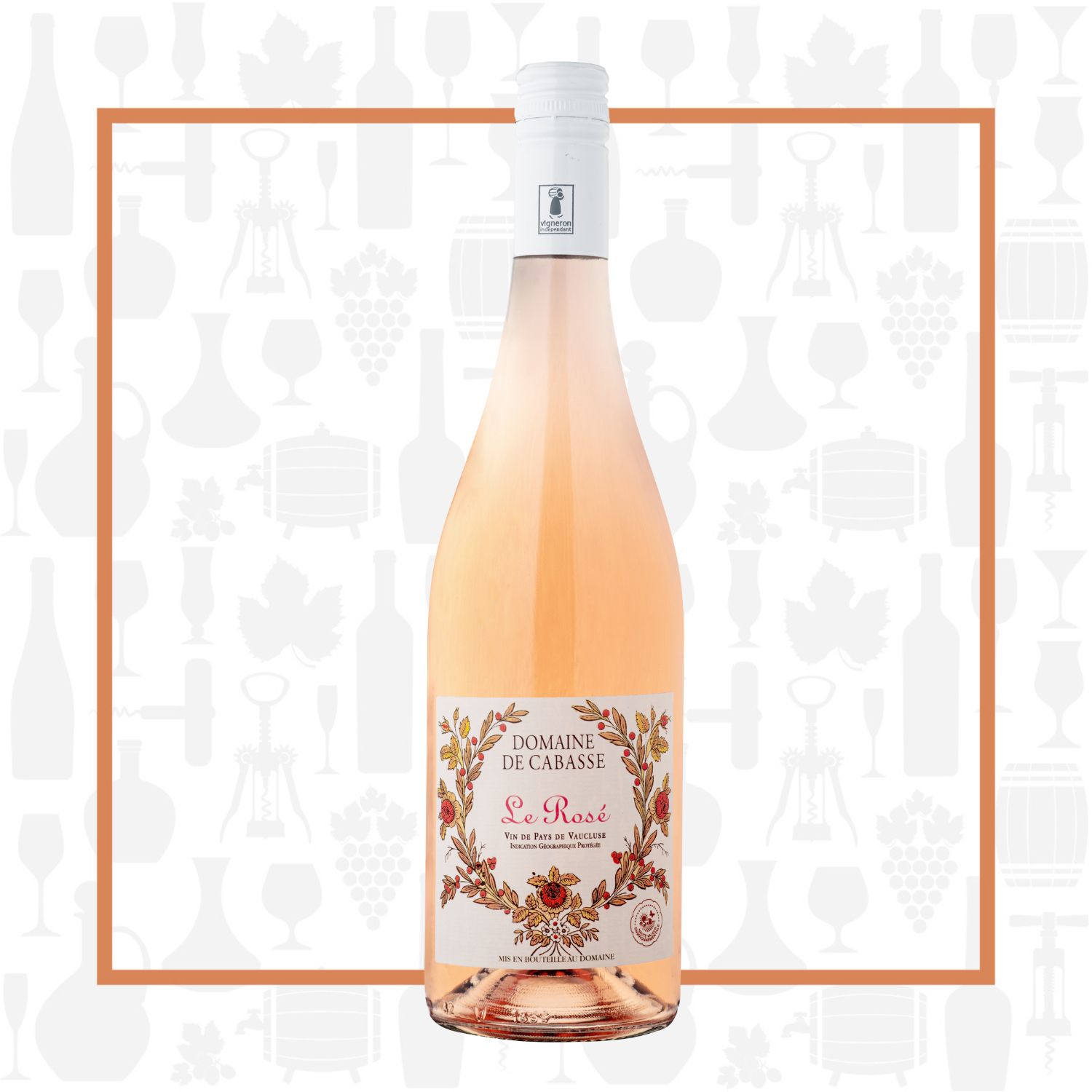Cellar Profile
The winery and estate sit between the towns of Séguret and Sablet, a half-hour drive from iconic Châteauneuf-du-Pape. Under vine for over 600 years, the property has been lovingly cared for by the Baudry family since 2012. Approximately 15 sustainably-farmed hectares in the towns of Séguret, Sablet and Gigondas are planted with Syrah, Grenache, Mourvèdre, Counoise, Carignan, Clairette and other local white varieties. These are some of only 16 Southern Rhône communes which may use their name along with the Côtes-du-Rhône Villages appellation. The small plots are surrounded by hedges and trees that protect the vines from the cold Mistral which can blow violently from the north. The Mediterranean climate provides plenty of warmth and sunshine during the growing season, while the nearby sea and stiff evening breeze ensure a broad diurnal shift that retains acidity and freshness in the wines. The pebbled soils are a mix of clay, sand and, most importantly, limestone.
Region
The southern Rhône has been contiguously planted since 600 BC and is one of the largest and most important wine regions in France in terms of volume. There are over 1800 individual wineries and over one hundred cooperatives here. The area offers juicier, headier and less complicated wines than the north, where you'll predominantly find structured Syrah and viscous, intense, aromatic Viognier. In the south, there's a veritable cornucopia of allowable grapes to choose from (Syrah, Grenache, Mourvèdre, Cinsault and Carignan in red; Clairette, Viognier, Picpoul, Muscat and Grenache Blanc in white). The climate in southern Rhône is Mediterranean, with intensely hot summers and mild, wet winters. High daytime temperatures are moderated by cooling sea breezes and by the intense cold wind they call "Le Mistral" that rips its way through the valley to empty out into the sea. The resulting precipitous temperature drops help ensure some acidity remains in the wines, despite the sometimes elevated alcohol levels.
Vineyard
The Estate vineyards have been farmed since the 14th century. These old vines are planted in sandy soil sitting on top of calcareous rock and a good amount of limestone. They are sustainably tended and surrounded by high hedges that help moderate the intense Mistral wind.
Winemaking
Hand-harvested grapes are de-stemmed, then separated in half. 50% are direct-pressed (a process that extracts colour from a long, slow press of the grapes), while the remaining half are given a few hours of skin maceration (which results in a lighter colour and far less tannins). The juices are blended and fermented at cool temperatures, using selected yeasts, over the course of 20-30 days. The wine rests on its lees for a few months in stainless steel before being lightly filtered and bottled in the spring.
Tasting Notes
Pale salmon colour, similar to Provençal pink. Aromas of raspberry, rose petals and pink grapefruit. The palate is fresh and lively, with sweet-tart flavours of stone fruit, raspberry and grapefruit. Easy-drinking and approachable, chill lightly and enjoy with friends and lively conversation, picnic lunches, smoke salmon or scallop carpaccio.
Varieties
Merlot has strong historic ties to Bordeaux and the southwest of France but is now widely planted in wine regions across the world. These loose-bunched, large berries are dark in pigment and can add rich colour to a finished wine. The flavour profile can change from red fruits in cooler regions, to notes of blueberry, blackberry and dark chocolate in hotter areas. Syrah is the iconic red varietyl of the Northern Rhône, but also grows magnificently in the southern part of this region. It produces medium- to full-bodied wines with medium to high levels of tannins and notes of blackberry, mint and black pepper. Caladoc, a crossing of Grenache and Malbec, is grown almost exclusively in the South of France, primarily the Southern Rhône and Languedoc. Known for dark pigments and firm tannic structure, it is generally blended with other softer varieties to help form a backbone in a wine.

